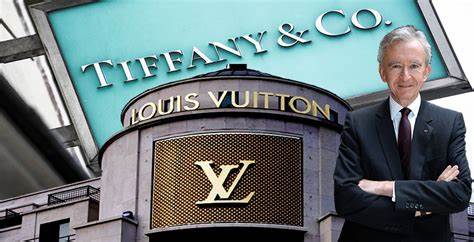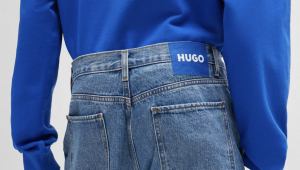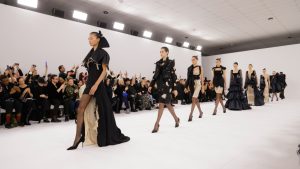Fashion 101: LVMH vs KERING

Francois Pinault and Bernard Arnault
In the luxury sector, almost every fashion house you can think of is owned by either LVMH, or KERING. The film industry has the big six, fashion has the big two.
Bernard Arnault, otherwise known as the wolf in cashmere (and formerly the richest man in the world) leads 75 brands under LVMH, whilst KERING’s François Pinault leads 16. The two conglomerates have a historic rivalry, as you can imagine, the acquisition of public fashion houses is not to be without competition.

Their most famous public battle was over one of the biggest designer labels in the world, Gucci. The house of Gucci was the jewel in the crown that both Arnault and Pinault desperately wanted. In 1999, LVMH owned up to 34% of Gucci before Tom Ford, Creative Director at the time, pleaded for the help of Pinault. The battle between the two went on for years with Arnault reportedly even hiring a private detective to uncover anything he could about Pinault that would damage his reputation. Eventually, Arnault surrendered and KERING bought them out for a costly 800 million dollars. The two have been in personal competition ever since with their art collections constantly in comparison, to even out-donating one another during the efforts to rebuild Notre Dame.
Whilst the figureheads perhaps hold personal grudges, today it seems that LVMH and KERING as companies are engaged in healthier competition. A huge moment in both fashion and culture this year was when Pharrell Williams became creative director for Louis Vuitton, a considerable event for the company as Louis Vuitton (there’s no MH without LV) was LVMH’s first brand acquisition in 1987.
It’s becoming apparent that LVMH and KERING are taking very different strategies. With the appointment of Pharrell Williams and their purchase of Tiffany in 2021, it’s evident that the group is targeting an increasingly younger demographic, something which has historically been overlooked in the luxury sector. LVMH changed Tiffany’s advertising strategy by putting more emphasis on social media and celebrities which has allowed the brand to successfully reach younger consumers. In 2021, the “About Love” campaign was launched starring Beyoncé and Jay-Z. As part of this collaboration, the brand partnered with BeyGOOD and the Shawn Carter Foundation to create the Tiffany & Co About Love Scholarship Programme, which included a donation of 2 million dollars in scholarships for students in arts and creative fields at Historically Black Colleges and Universities (HBCUs). LVMH are increasingly expanding beyond fashion into strategies that hold more of a cultural impact, on the other hand, KERING remains more traditionalist, focusing on the fashion houses they already govern re-emphasising the definition of a luxury good. This year the group set the ambitious target of cutting their emissions by 40%, achieving this means scaling down production and in turn, making items more expensive. It seems that when you simplify the two strategies, LVMH endeavours to increase inclusivity in the luxury sector, whilst KERING is set to reinforce the industry’s exclusivity.
With such contrasting strategies unfurling, it will be interesting to see the performance of brands under each group in the coming years.
By Rosa Macvicar






